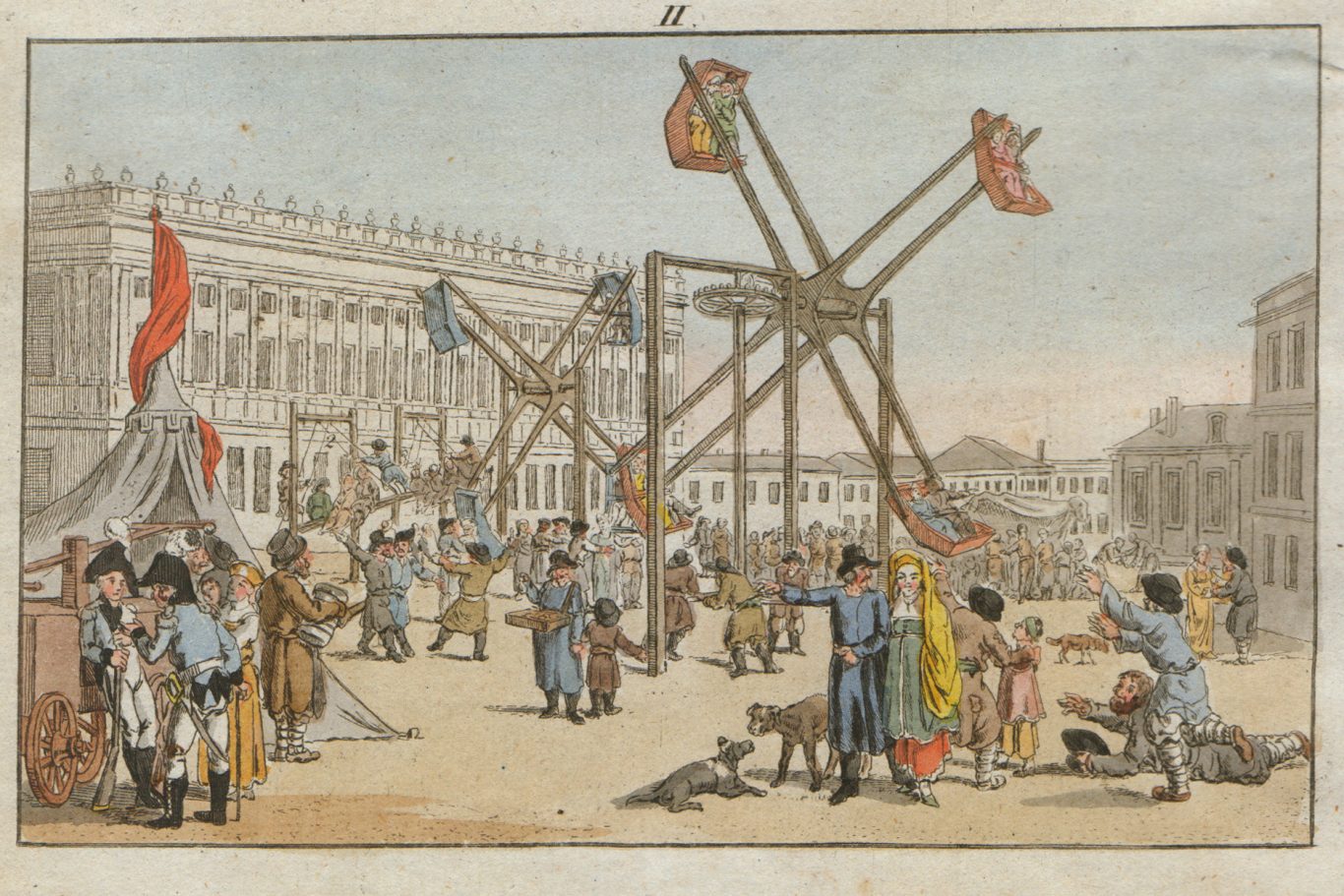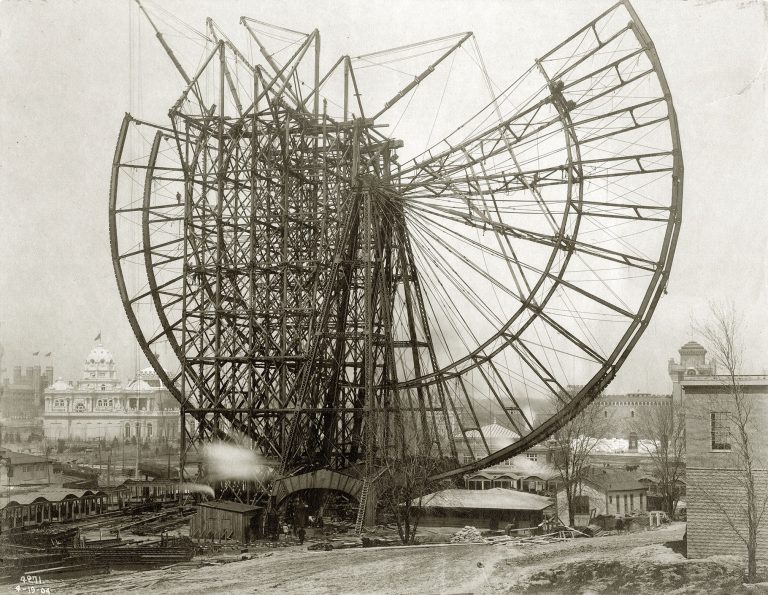Embark on a journey through time as we delve into the evolution of Giant Wheel rides. Ever wondered about origins and development of these iconic attractions? This blog introduces you to a concise history of these funtastic Wheels, offering insights into their transformation from humble beginnings to the towering marvels we enjoy today. Whether you’re a seasoned enthusiast or merely curious about the evolution of amusement park rides, join us for a brief exploration into the fascinating history of Giant Wheels.

Standing 175 feet tall (53 metres), with 42 climate-controlled gondolas, the Niagara SkyWheel is one of North America’s top tourist attractions. With full views of the Niagara landscape, including a first-hand glance at the majestic Niagara Falls.
It makes you stop and think how this giant wheel technology got started and evolved over time. How much do you know about this evolution? Continue reading below for a brief history of Giant Wheels.

Early Days
- The earliest designs of wheels used for amusement rides may have been based on the large, circular wheels used to lift water for irrigation in about 200 B.C.
- “Pleasure wheels” originated in 17th century Bulgaria. Passengers rode in chairs suspended from large wooden rings turned by strong men, with a large post on either side.
- In England, small hand turned wheels were called “ups-and-downs” as early as 1728.
Antonio Maguino
- One of the first wheels in the United States was built in 1848 by Antonio Maguino. who used it to draw crowds to his rural park and picnic grounds in Walton Spring, Georgia. The wheel was made of wood and powered by two men.
George Ferris
- The very first Ferris Wheel was constructed by George Washington Gale Ferris Jr., a civil engineer from Illinois in the 1890’s. He built it for the Chicago World’s Fair in 1893. The total cost of the wheel was $300,000 (Or $9.37M today adjusted for inflation). The ride cost 50 cents per person at that time, and each ride lasted about 10 minutes. It stood 80.4 metres (264 ft) tall, and had 36 gondolas.




William E. Sullivan
- American inventor and bridge builder William E. Sullivan came up with the idea of possibility making a smaller wheel that could be taken down and moved from one park or fairground to another in 1900. He designed a 45 foot transportable wheel with twelve three-passenger seats. In 1906 he formed the Eli Bridge Company and started manufacturing his wheel in Roodhouse, Illinois. Most of the ferris wheels found in carnivals and fairs in the United States are made by the Eli Bridge Company.
Tallest Observation Wheel
- Ain Dubai (previously named the Dubai Eye) at Bluewaters Island in the United Arab Emirates, is the world’s tallest and largest observation wheel, with a height of over 250 m (820 ft) and was announced in February 2013. Hyundai Engineering & Construction and Starneth Engineering were appointed as the primary design and construction contractors.
- Ain Dubai is 82.4 m (270 ft) taller than the previous world’s tallest observation wheel, the 167.6 m (550 ft) High Roller, which opened in Las Vegas in March 2014.
- Ain Dubai: https://www.aindubai.com/en
The Difference Between a “Ferris Wheel” vs. an “Observation Wheel”

- A Ferris Wheel features free-swinging open passenger seats suspended from the end of a spoke. An Observation Wheel features enclosed passenger gondolas designed to remain stable throughout the rotation.
- Ferris Wheel’s are supported by two towers (one on each side of the axle). Observation Wheel‘s are supported by an A-frame support.
- Ferris Wheel‘s can be obstructed by the wheel itself, and are usually less than 110 feet in height. Observation Wheel‘s offer a 360 degree unobstructed view.














